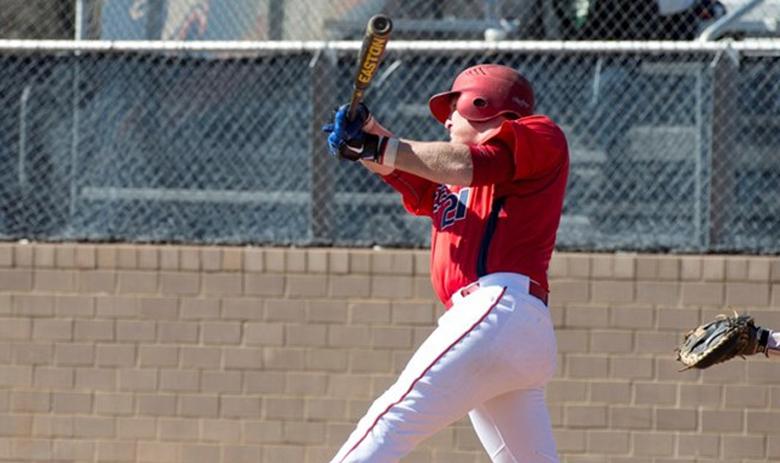Players and coaches both acknowledge the residual effects of the 2011 change from ball exit speed ratio (BESR) bats to batted-ball coefficient of restitution (BBCOR) bats. This change was made because the NCAA wanted bats to better resemble a pure wood bat.
One of the primary concerns prompting this change was the greater risk of injury to players from a high velocity ball coming off a BESR bat. The BBCOR bats have a lower velocity, which keeps players safer and helps balance offense and defense.
Tracy Archuleta, head coach of USI’s baseball team, talked the change from a coach’s stand point. He said there is a difference in the ball’s velocity off the bats in addition to batting averages, home runs and run production.
The new BBCOR bats have caused a decrease in multiple statistical categories. The team now focuses on other areas of the game.
Archuleta said players have been looking for more opportunities to bunt and are spending time in the weight room, as less production from the BBCOR bats requires more strength for bat speed and hitting power to compete with the former BESR bats. This was evident in the College World Series last year where only 3 home runs were hit, the lowest total since 1966.
Despite the major differences in the bats, Archuleta sees the BBCOR bats as a positive alteration to college baseball. He believes the bats still help set college baseball apart from professional baseball.
“College baseball is about the aluminum bat. It is what makes it different,” Archuleta said.
It is not the “ting” spectators used to be awoken by, but the BBCOR bats still have a sound that is unique and memorable.
“The bats now are a lot better, a lot safer (and) better for the game of baseball.” Archuleta said.
Kyle Kempf, sophomore outfielder for USI, has played with both BESR and BBCOR bats. From his perspective, the change made a significant difference.
“You have to be a lot stronger and get in the weight room,” Kempf said.
Players like Kempf work out more and push their bodies to new limits in order to make up for the power BESR bats gave them. It goes beyond just being stronger and faster. Players are having to work harder to perfect their technique.
Even with the overall lower production of home runs, Kris Bryant of the University of San Diego managed to belt 31 dingers in 2013, more than 223 of the 298 NCAA teams at the Division I level and tied for the 16th best single season total.
Since the NCAA wants their bats to closely resemble wood, players in college are working harder than ever on the fundamentals.
“You really can’t cheat a swing with a wood bat,” Kempf said.
Kempf said when the change first occurred, some players wished they would go to the BESR bats, but now the BBCOR bats are getting better. There is talk the BBCOR bats are becoming as good as the old BESR bats.

